
Karate and Taekwondo are two of the most popular traditional martial arts practiced worldwide. At first glance, these two styles might appear very similar to most people, but some underlying key differences set them apart.
The most important difference is that Karate originated in Japan and involves striking with punches and kicks in equal balance, whereas Taekwondo originated in Korea and primarily focuses on kicking with limited punching.
This is just a brief highlight explanation of the difference, so be sure to read the rest of this article to learn deeper into these two martial arts, their differences and similarities, and how they compare in different aspects.
History of Karate
Karate is a Japanese martial art developed in the Ryukyu Kingdom, now Okinawa. Its origins come from different combat systems, primarily Chinese martial arts. The name translates to “empty hand” which indicates that karate focuses on unarmed techniques. It started to rise in the 20th century when Japan annexed Okinawa, which triggered the migration of skilled karatekas to the main island.
Karate has dozens of different styles, and the most emphasize mixing kicking with hand-striking techniques and blocks, linear movement, fluid motions, evasions, and using attackers’ momentum against them.
The traditional practice developed in Okinawa is designed for real fighting and preparing a person for different self-defense scenarios they may face in real life.
However, the modern Japanese variation emphasizes the competition aspect and is known as sports karate. Students train to learn how to win matches under point-fighting formats, which, by many, have a big impact on downgrading the overall effectiveness of karate.
The four major karate styles are:
- Shotokan
- Goju-Ryu
- Wado-Ryu
- Shito-Ryu
History of Taekwondo
Taekwondo (TKD) is a Korean martial art developed in the 1950s as a military hand-to-hand fighting method. Its origins come from various traditional Korean systems and Chinese martial arts. The name translates to “the way of the foot and fists,” which suggests that the concept primarily focuses on striking with kicks and punches.
Traditional Taekwondo, which was developed for the military, is a versatile system rooted in self-defense practice. The system emphasizes advanced kicking techniques, while punches are considered to be a secondary weapon.
Over the years, the system’s emphasis changed from self-defense to sports competition, especially after Taekwondo became an Olympic sport in 2000. In modern times, there are two main styles. The first one is ITF, which embraces traditional teaching methods and proper self-defense skill development. The second is World Taekwondo (WT), widely known as the Olympic style.
RELATED: What Are the Different Styles of Taekwondo? Beginner’s Guide
Key Differences Between Karate and Taekwondo
The main difference is the concept as Karate focuses on mixing hand strikes and punches (including to the head) while Taekwondo primarily emphasizes kicking techniques.
Here is a list of notable differences:
History and origins
Karate is a traditional martial art developed in the 17th century in the Ryukyu Kingdom, Okinawa. It became widely popular when it was brought to the main island of Japan in the 20th century by the founder of Shotokan karate, Gichin Funakoshi. Its origins come from martial arts developed in China and East Asia.
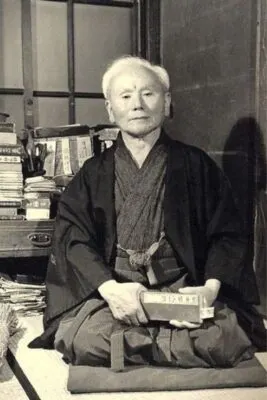
Taekwondo emerged in Korea in the 1950s. It was developed as a result of the unification of all the Korean styles, and the process was initially supervised by the army General Choi Hong-hi. Its development was influenced by martial arts like Taekkyon, Chinese martial arts, and Karate.
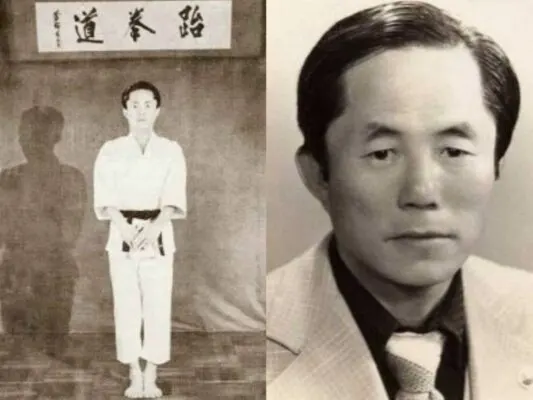
Concept and emphasis
The concept in most karate styles revolves around mixing kicks and punches with linear movement, fast footwork, attacking in a blitz, and hitting the opponent without being hit back. Karate puts more focus on tight guards, blocks, katas (forms), light contact, quick counterattacks, and upper and lower body striking.
The main goal of karate is to use the attackers’ momentum against them and overwhelm them with a high level of technique and precision rather than using full force and wasting energy. When it comes to techniques, the focus is on direct and rapid punching and kicking techniques like roundhouse and front kicks.
Taekwondo is different because it heavily favors kicking techniques and striking the upper body area above the waist, while punches are considered secondary weapons. This is mainly because the TKD founders believed legs cover more range and are more powerful than hand strikes, and the competition rules and point system also favor kicks over other techniques.
As a result, TKD students spend most of their time practicing all types of jumping and spinning leg strikes while neglecting offensive and defensive punching skills such as punching the head, blocks, or guard.
Belt ranking system
Below are colored tables showing the differences in belt ranking systems between Karate and Taekwondo, from white belt to black belt.
Karate belt ranking system:
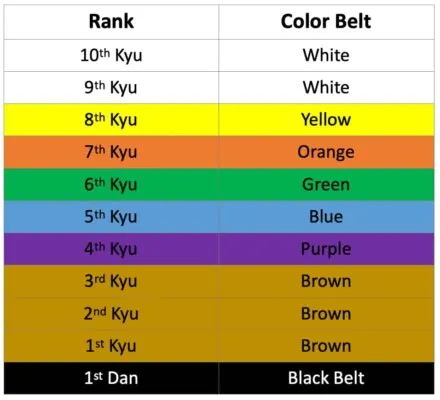
Taekwondo belt ranking system:
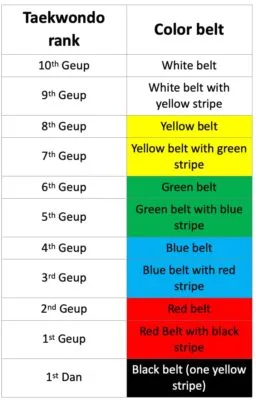
Olympic Rules
Both disciplines have many different rule sets. However, since both disciplines are included in the Olympics, we will compare their Olympic rules as standards to differentiate between them:
Karate (Kumite and kata)
Kumite:
- Matches are contested on a square or octagonal mat known as a tatami.
- The competition consists of three rounds, each lasting two minutes for men and two minutes and ten seconds for women.
- Points are awarded for clean, controlled strikes to specific target areas, including the head, trunk, and abdomen. 3 points for hitting the head or neck with a kick. 2 points for a kick to the belly, side, back, or torso. 1 point for a punch with a closed hand.
- Contestants wear uniforms, padded gloves, and foot protection.
Kata (form):
- Each competitor performs individually for around 3-4 minutes.
- Competitors are judged on the basis of their technique, timing, and precision.
- There are seven judges that evaluate performance based on technical performance and athletic performance.
- Judges evaluate the overall performance, looking for correct stances, proper form, and a demonstration of the principles of power, balance, and focus.
Taekwondo
- Matches last three rounds, with each round being 2 minutes long, and there is a 1-minute break between each round.
- Points are awarded for valid techniques to specific areas of the body. 1 point for a punch to the trunk protector. 2 points for a valid kick to the body. 3 points for a valid kick to the head. 4 points for a valid turning kick to the head.
- Contestants wear a dobok uniform, head protector, trunk protector, gloves, sensing socks, forearm, and shin guards, and mouth guard.
- In contrast to Karate, Taekwondo poomsae (forms) events are not included in the Olympic competition.
Key Similarities between Karate and Taekwondo
Karate and Taekwondo share several similarities, both in terms of their techniques and cultural aspects. Here are some key shared similarities between these two martial arts:
Uniforms (Gi/ Dobok)
Both Karate and Taekwondo practitioners wear traditional martial arts uniforms adopted from Judo (judogi uniform). In Karate, it’s called a “gi,” while in Taekwondo, it’s referred to as a “dobok.” These uniforms typically consist of a jacket, pants, and a belt rank made out of thick cotton. Though there are some minor differences when it comes to style, these uniforms visually look the same.
Kicking Techniques
Both martial arts place a strong emphasis on fast kicking techniques. Surely, there are some differences when it comes to variations and the fact that Taekwondo places more emphasis on this segment, making its kicks more powerful and acrobatic. But Karate includes very much the same techniques, such as roundhouse kicks, spinning kicks, front kicks, etc.
Forms or Katas
Forms, known as “katas” in Karate and “poomsae” in Taekwondo, are sequences of solo movements that simulate a fight against the opponents, similar to what shadowboxing does in boxing by practicing certain movements alone. These forms serve as a way to practice and demonstrate techniques, stances, and transitions. They play a significant role in both martial arts, helping practitioners develop muscle memory, focus, and precision.
Traditional Teaching Methods
Both Karate and Taekwondo often incorporate traditional teaching methods, including the use of formal titles for instructors (such as sensei in Karate or sabom in Taekwondo), a hierarchical belt system to indicate rank, and a focus on discipline and respect between the students.
Olympic Sports
Both Karate and Taekwondo are recognized Olympic sports. Karate made its Olympic debut at the Tokyo 2020 Summer Olympics, which were held in 2021. On the other side, Taekwondo became an Olympic sport at the Sydney 2000 Summer Olympics, which took place in Sydney, Australia.
Karate vs. Taekwondo: Which is Better for Self-Defense?
Both disciplines share a similar level of effectiveness and overall practicality in real-life situations. Karate is generally more effective in self-defense as it does a better job of mixing kicks, hand strikes, and leg strikes, but Taekwondo does not fall behind that much.
Karate can be effective as a self-defense system in real-life situations, especially if a person trains in traditional styles or modern Kyokushin that embraces full-contact striking and sparring (kumite). Classes teach legitimate techniques like direct punching, kicking, blocks, and movement that will make you superior to most people. It is notably effective in open-space areas where you can mix these strikes with movement to maximize efficiency.
Taekwondo is more limited due to its heavy emphasis on kicking techniques. Throwing kicks in a fight requires a lot of space, energy, and time, which you may not have against an aggressive attacker. Like karatekas, TKD works best at a distance and in open spaces where you can easily move around, use kicks to maintain distance and do damage, and use punches to catch the attacker coming in. Its biggest downside remains the lack of advanced hand striking and blocking, which are crucial for any type of fighting scenario.
However, although both are designed for self-defense in their initial forms, bear in mind that modern practice primarily emphasizes competition, and this limits and downgrades the effectiveness of the system.
Training in most dojos includes preparing a student to win matches under strict rules, not how to fight in real life. Both disciplines are not solely focused on real-life self-defense, due to the presence of katas or poomsae, limited sparring, light contact, and lack of advanced self-defense tactics or drills.
Karate vs. Taekwondo: Which Is Harder to Learn?
The difficulty of learning Karate versus Taekwondo depends on various factors, including the individual’s physical abilities and limitations, prior experience with sports, personal preference, goals you want to achieve, and many others.
Although these two martial arts are conceptually different and emphasize different aspects of combat, the learning syllabus is actually quite similar. Both focus on traditional practices rooted in discipline, honor, and respect; they emphasize speed and quick footwork, point-based competition and sparring, dynamic kicking techniques, forms (katas/poomsae), and stances, and all of this makes them very similar when it comes to the level of difficulty.
In terms of fitness, the focus is on workouts that primarily improve core strength, balance, fast twitch muscle fibers, endurance, and flexibility. A high degree of flexibility is also mandatory, especially in the kicks and stances.
If you are not naturally flexible, it might take time to develop the necessary range of motion needed to perform techniques the right way. The same stands for hand-eye coordination and overall body awareness, which you can only improve by investing a lot of time and effort.
The following tables illustrate the estimated duration for the average student to progress from white belt to black belt in Taekwondo and Karate:
Karate
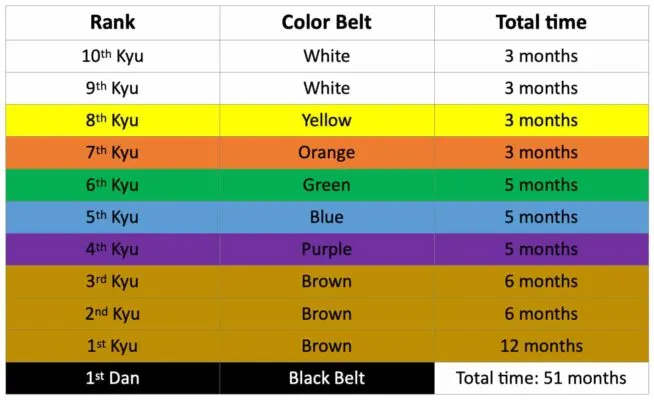
Taekwondo
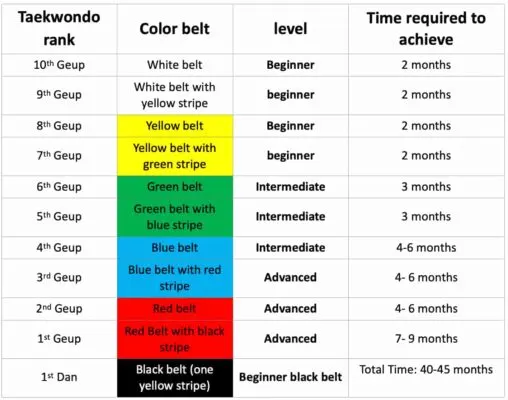
Karate vs. Taekwondo: Which One Is Better for MMA?
Both disciplines are present in modern MMA, and there have been many fighters with strong backgrounds in either karate or TKD. These two systems are not as efficient in freestyle combat as some others, such as Muay Thai or wrestling, but still represent a solid foundation of skills on top of which a fighter can add more and succeed.
What Taekwondo brings into MMA are incredible kicks, fast movement, fighting from both stances, and a distinct feeling of distance and timing. The ability to land fast and precise low kicks and high kicks has become one of the most important skills in cage fighting, and this plays to their advantage. Combine this with their ability to fight from both stances, and you get why the fighters listed below are among the most unpredictable in the game.
Over the years, there have been many great UFC fighters with strong foundation in TKD. Some of the most famous ones are:
- Anthony Pettis — is a 3rd dan black belt and a former UFC Lightweight champion.
- Bas Rutten — is a 2nd-degree black belt and a former UFC Heavyweight champion.
- Anderson Silva — is a 5th dan black belt and the former UFC Middleweight champion.
On the other hand, karatekas have an amazing feel for distance and the ability to move in to land a strike and angle out without being hit back. They primarily rely on linear movement, attacking in a blitz, protecting the range, and avoiding any type of close-range brawls.
At a distance, karatekas are a nightmare matchup for any fighter, and some of the well-known representatives of this style are:
- Lyoto Machida – 3rd dan black belt in Shotokan karate and a former UFC Light heavyweight champion.
- Stephen Thompson – 5th degree black belt in Kempo and the former UFC title challenger.
- Robert Whittaker – black belt in Goju-ryu karate and the former UFC Middleweight champion.
Related Questions:
Karate or Taekwondo—Which One Is Better For Kids?
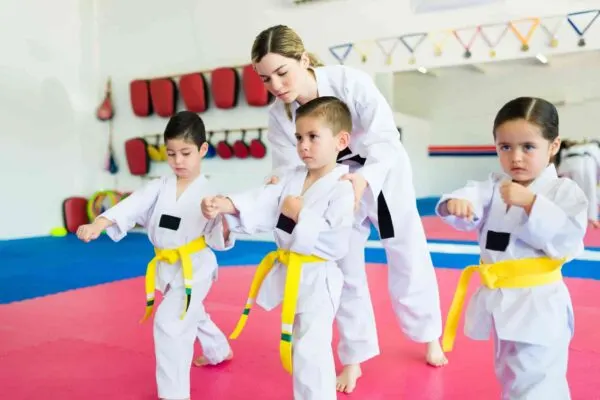
At kids’ age, either of the two is fine. This is really based on the personal interest of the child as well as what they find to work better for them. The best way is to go to the nearest Taekwondo and Karate schools, where your kid can take part in a trial class before they can finally say which martial art they prefer.
One thing is sure: all kids will have a ton of fun training in both Taekwondo and Karate. Both are playful arts that will keep them active and healthy and teach them all about respect and discipline. Above all, they are very safe to train, and the risk of any potential injuries is low. This is mainly because kids have to wear protective gear during the parts of training that may lead to injuries, such as sparring.
As for the parents, you should always pick a school that focuses on safety and keeping their dojo clean. Don’t hesitate for a second to check the dressing rooms and bathroom to be sure the school is maintaining a high level of hygiene. You should always ask the instructor about their martial arts background and achievements.
Karate and Taekwondo classes for kids have similar benefits. They will keep kids strong and flexible and help them grow into a person with good values.
RECOMMENDED FOR YOU: Top 3 Best Martial Arts For Kids – A Basic Guide For Parents
